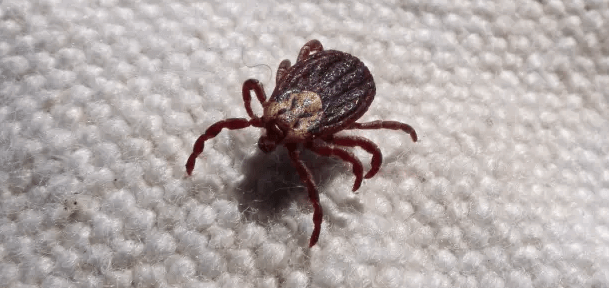Ticks are small parasites classed as arachnids (like spiders and mites). They live by sucking blood from living things and are usually found in warm, humid climates. They are either Soft ticks (Argasidae) or hard ticks (Ixodidae). The adults have pear-shaped bodies and eight legs. There are four stages (egg, larva, nymph, and adult) in the life cycle and are vectors of at least 12 diseases.
Habitat and Disease Caused
Ticks are usually found near tall vegetative or wooded areas. They feed by fastening themselves to the skin of the host and sucking its blood with some species having a preferred host. Where ticks abide, Livestock, pets, and Humans are at risk.
As vectors, they harbour pathogens of diseases like Texas fever (bovine babesiosis) that can cause the death of up to 90% of yearling cows. Other diseases that can be transmitted are typhus, rickettsialpox, boutonneuse fever, lymes, and Queensland tick typhus.
Unfortunately, it is hard to detect Tick bites initially. Later, the bite spot could develop itching, burning, redness, and pain. For those that have allergies to Tick bites, they can develop rashes, numbness and swell around the area.
Prevention and Control
Ticks love crevices. Closing any gaps and weeding the environment helps prevent infestation. Also, disposal of bird nests and rodent abodes is vital as Ticks can start infestation from such places.
When found on skins, they should be removed with care. They should be held behind the head by tweezers and slowly, carefully pulled from the skin. If the Tick is crushed, more dangerous fluids could be released on the skin. The mouthparts should be completely removed from the skin, and the area around should be washed and disinfected. Medical help should be sought from a professional if medical concerns persist.


